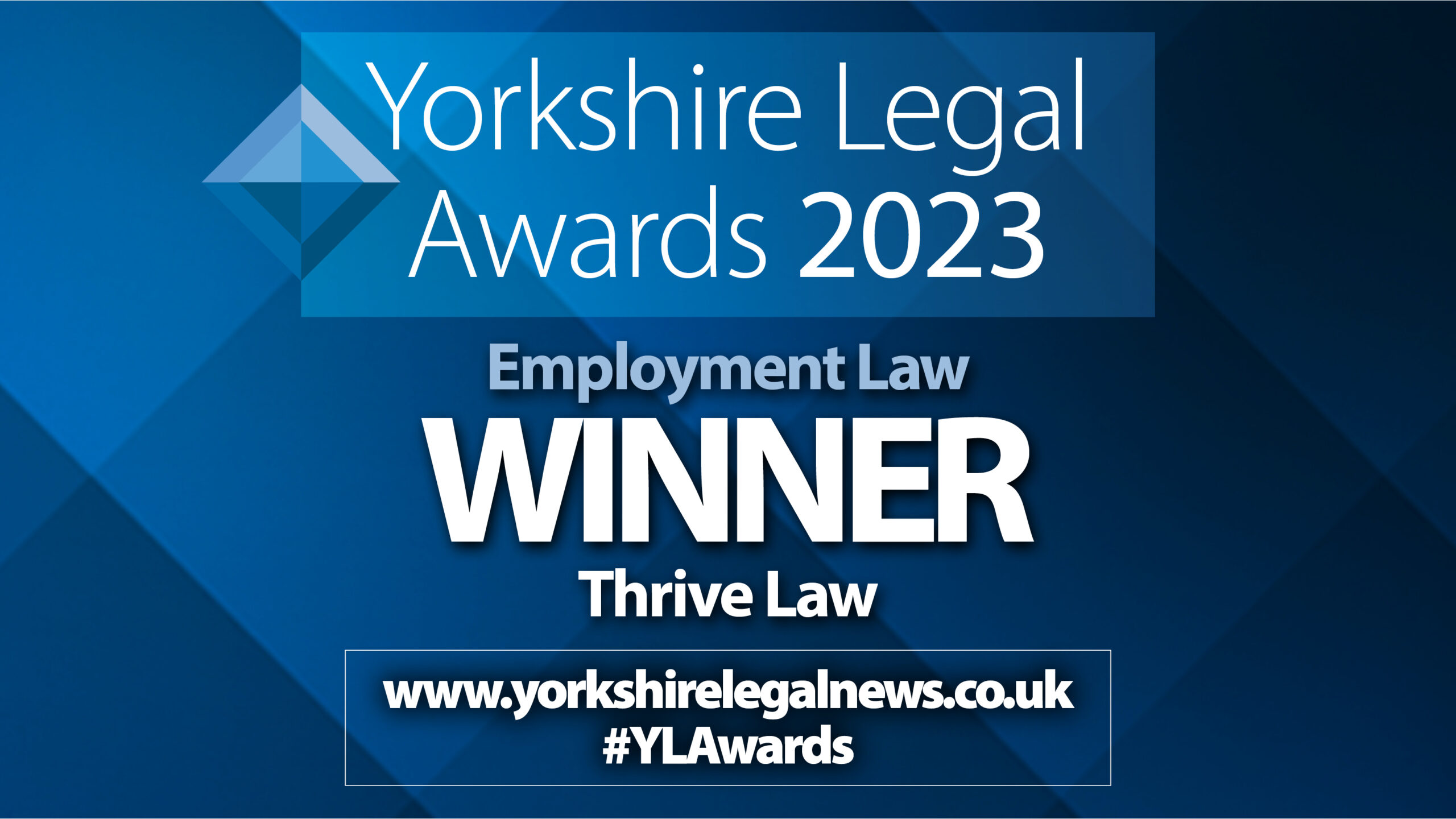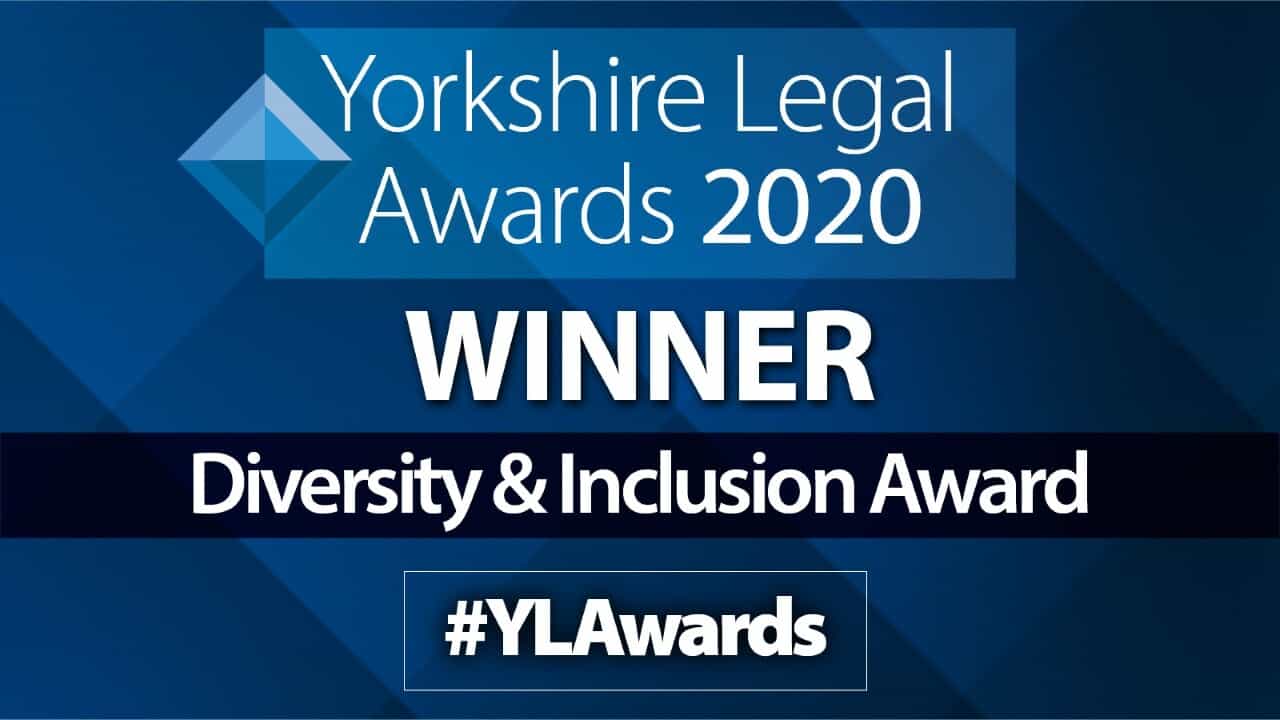Pride month, is a reminder that the fight against discrimination in the work place around sexual identity continues for many. In this blog post we look at what is considered discrimination and what employers can do to support LGBTQ+ employees not only during Pride month, but every day.
LGBTQ+ employees have the same rights as any heterosexual employee within the workplace. Sexual orientation is one of the nine protected characteristics. Protected characteristics are identified in the Equality Act as characteristics that a person may be discriminated against because of. This means that employees who identify as LGBTQ+ are protected from discrimination and harassment in the workplace.
What is considered discrimination of the LGBTQ+ community?
There are many forms of discrimination, including:
Direct Discrimination: Direct discrimination occurs where a person has been treated less favourably than someone else because of a protected characteristic. For example, if an employee was not offered a promotion because of their sexual orientation or because they were transgender.
Indirect Discrimination: Indirect Discrimination is when a practice or policy applies to everyone but may affect and individual worse than others because of their protected characteristic. For example, if a company provided benefits to all husbands and wives of their employees, but not civil partners.
Harassment: Harassment occurs when a person experiences unwanted conduct with the purpose or effect of violating their dignity, intimidating them, or creating a hostile/degrading environment for them because of their protected characteristic. This may occur in the form of name-calling, homophobic or transphobic “jokes” or even violent threats against the person.
Sexual Harassment: Sexual harassment occurs when a person experiences unwanted conduct of a sexual nature. Their conduct must have the purpose or the effect of violating their dignity, intimidating them, or creating a hostile/degrading environment for them because of their protected characteristic. For example, a colleague may make inappropriate sexual advances towards a colleague including comments or physical acts with the intention of mockery or humiliation.
What can employers do to create and inclusive work environment?
It is essential that employers make their employees aware of the behaviour standards. Employers should already have codified anti-discrimination policies in place. This is not about shifting the blame from the employer to the individual should an incident of discrimination occur but educating employees on the effects discrimination can have on people.
Employers should not only have anti-discrimination policies in place but should also provide discrimination prevention training to all their employees. Training should cover:
- How the LGBTQ+ community is protected under the law
- The correct way LGBTQ+ employees and customers should be treated in the workplace
- The employers’ responsibilities when an individual makes a discriminatory request
It is good practice for employers to have open communication lines with their employees. If employees feel safe to discuss sexual orientation or gender identity with their employer, then discrimination in the workplace can be prevented and identified instead of concealed by an individual who does not feel protected by their employer. In particular with transitioning employees, it is important for an employer to communicate with the individual to discuss a plan, including how they wish to be addressed, updating personnel documents and how information of their transition can be shared with others in the workplace.
Investigating claims of discrimination
If an employee experiences discrimination because of their sexual orientation of gender identity in the workplace, an employer should be aware of how to handle such a complaint properly. Though anti-discrimination policies may be in place and prevention training may have been undertaken, employers must be committed to adhering to it.
All claims of this nature must be taken seriously and investigated with utmost professionalism. Failing to follow the proper Acas procedure may have catastrophic repercussions for both the employer and the employees involved. Informing employees about the process and what they can expect from it may encourage them to come forward.
How can Thrive help?
If you are looking for an outsourced HR partner to assist in the management of your workforce, please get in touch today at enquiries@thrivelaw.co.uk
Disclaimer
Please note this blog is for reference purposes only and is only accurate at the date it was published. It does not constitute legal advice and should not be relied upon as such. Specific legal advice about your specific circumstances should always be sought separately before taking or deciding not to take any action. Please contact us if you have any questions at enquiries@thrivelaw.co.uk









